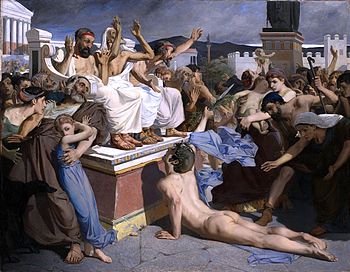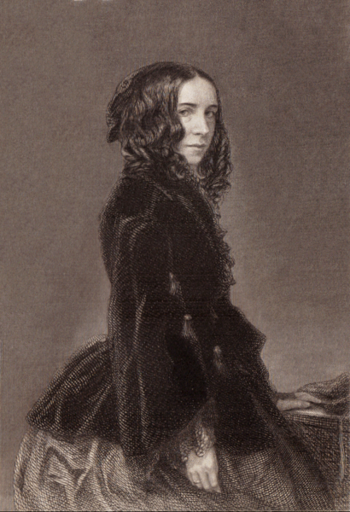
English: Painting of Pheidippides. (Photo credit: Wikipedia)
Not in dispute is that one of Western civilization's most storied military events took place in a field roughly twenty-six miles from Athens, near the town of Marathon, in what would be the first of many attempts by the Persians to subjugate the Greeks. The Athenians, desperate for reinforcements, sent word to their ferocious Spartan neighbors 140 miles away. The only way was by foot, and so professional military messenger Pheidippides covered the rough, mountainous terrain in two days, and by foot. The Spartans were in the midst of a religious festival and wouldn't commit troops at that time, so Pheidippides ran back to Athens (again, in two days) with the sober news.
Undaunted, the Athenians (aided by tiny neighbori
Bust of Plutarch of Chaeronea, a Greek philosopher and author (46-c.122). The statue is located at the Archaeological Museum of Delphi. (Photo credit: Wikipedia)
Still, over 400 years would pass until the historian Plutarch wrote about the battle in his collection of essays called Moralia. His "In what were the Athenians famous?" (???? ?? ???????? ?????????;), cites a lost work of fellow Hellenic writer Herodotus, who had written an account of the battle thirty to forty years after it happened. Herodotus did not bind himself to the truth - he likely exaggerated the Persian death toll, for starters - but his is the only surviving account from that era, and the one from which Plutarch wrote his own essay.

Elizabeth Barrett Browning, photographed September, 1859, by Macaire Havre, engraving by T. O. Barlow. (Photo credit: Wikipedia)


















